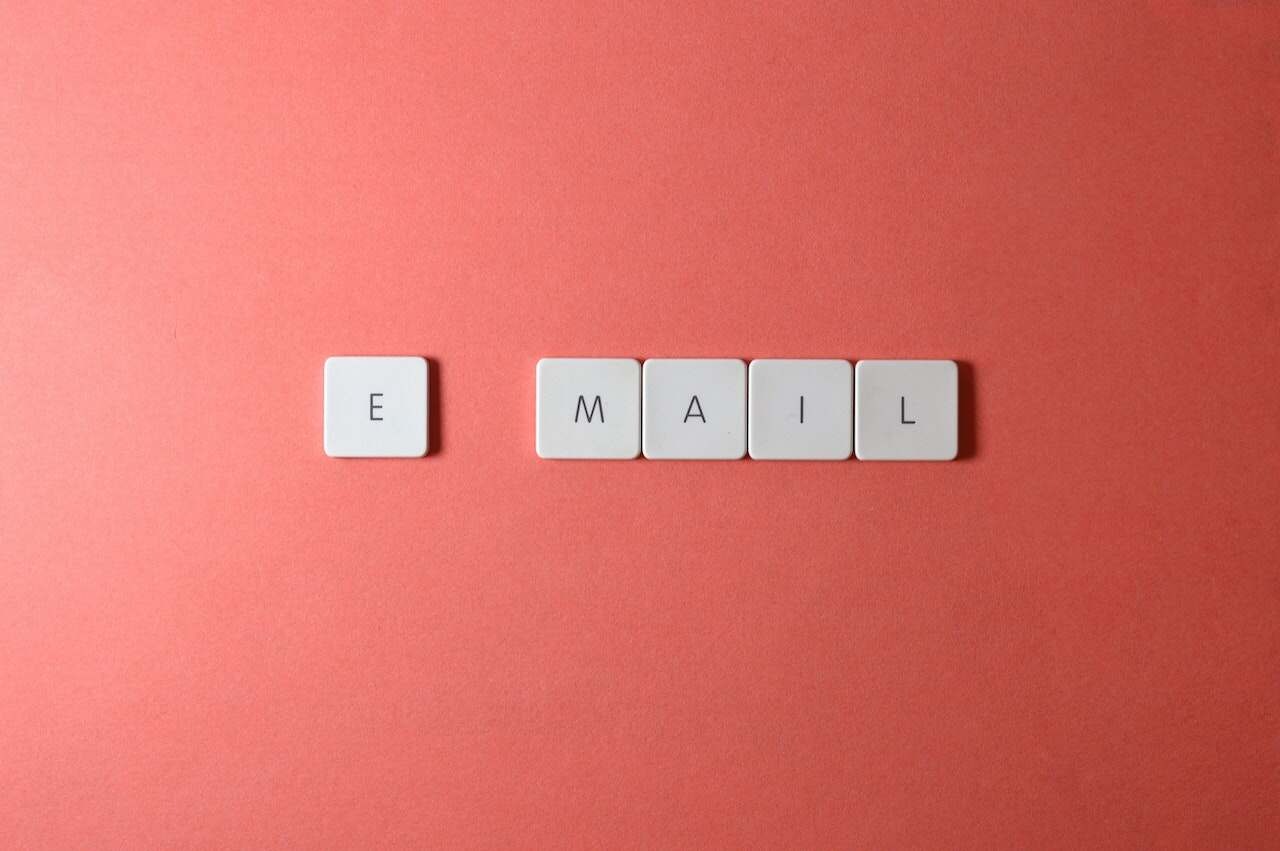
As a coach, your ability to connect and engage with your clients is essential for building a successful coaching business. Email marketing can be a powerful tool in your arsenal, allowing you to establish meaningful relationships, provide valuable content, and promote your coaching services. This article will explore the benefits of email marketing for coaches and share effective strategies for engaging your clients through email. Your ability to communicate effectively is paramount to building strong relationships and helping your clients achieve their goals.
Understanding the Power of Email Marketing
Email marketing remains one of the most effective ways to reach your coaching clients directly. With email, you can deliver personalized messages, share valuable insights, and showcase your expertise. Unlike social media or other channels, email allows you to have a one-on-one conversation with your clients, fostering a sense of connection and trust.
Building an Engaging Email List
To kickstart your email marketing efforts, you need to build a robust email list. Start by creating compelling lead magnets such as ebooks, checklists, or exclusive content that resonates with your target audience. Place opt-in forms on your website, landing pages, and social media profiles to capture email addresses. Encourage your clients to subscribe by highlighting the value they will receive from joining your email list.
Crafting Compelling Email Content
Once you have an email list, it's time to craft engaging and relevant content. Your emails should provide value to your clients, addressing their pain points, and offering practical solutions. Use attention-grabbing subject lines to increase open rates and keep your emails concise and scannable. Incorporate storytelling techniques to make your content relatable and captivating.
Personalization and Segmentation
Personalization is key to effective email marketing. Segment your email list based on various criteria such as demographics, interests, or buying behavior. This allows you to tailor your messages to specific client segments, increasing relevance and engagement. Address your clients by their first name and use dynamic content to deliver customized recommendations and offers.
Automating Your Email Campaigns
Save time and streamline your email marketing efforts by leveraging automation. Set up email sequences and drip campaigns to deliver targeted messages at specific intervals. Automated emails can welcome new subscribers, nurture leads, provide educational content, or promote your coaching services. However, ensure your automated emails still feel personal and authentic.
Analyzing and Optimizing Email Performance
To measure the effectiveness of your email campaigns, track key metrics such as open rates, click-through rates, and conversions. Use email marketing tools to gather data and gain insights into your clients' behavior. Analyze the results and optimize your campaigns accordingly. Test different subject lines, content formats, and call-to-action buttons to improve your email performance over time.
Ensuring Email Deliverability
Email deliverability is crucial for successful email marketing. To maximize deliverability, follow best practices such as using a reputable email service provider, authenticating your domain, and maintaining a clean email list. Avoid spam triggers, optimize your email design for different devices, and encourage your clients to whitelist your email address to ensure your messages land in their inboxes.
Integrating Email Marketing with Other Channels
Email marketing should complement your overall marketing strategy. Integrate your email campaigns with other channels such as social media, blog posts, or webinars. Use email to promote your latest blog articles, invite clients to follow you on social media, or announce upcoming coaching events. Consistency across channels helps reinforce your brand and strengthen client engagement.
Nurturing Long-Term Client Relationships
Email marketing is not just about acquiring new clients; it's also about nurturing long-term relationships. Regularly send newsletters or updates to keep your clients informed and engaged. Offer exclusive discounts or bonuses to show appreciation for their loyalty. Encourage feedback and respond promptly to maintain open lines of communication.
Overcoming Email Marketing Challenges
While email marketing offers numerous benefits, it's important to be aware of common challenges. Issues like low open rates, unsubscribes, or spam complaints can hinder your success. To overcome these challenges, focus on providing value, maintaining consistency, and continually refining your email strategy. Keep up with industry trends and adopt new tactics to stay ahead of the game.
Conclusion
Flying Mails is a powerful tool for coaches to engage with their clients and build long-lasting relationships. By understanding the fundamentals of email marketing for coaches: engaging your clients. You can build an engaging email list, craft compelling content, and leverage personalization and automation, you can also connect with your clients on a deeper level and drive business growth.
FAQs
1. How often should I send emails to my coaching clients?
The frequency of your emails depends on your client's preferences and the nature of your coaching services. Aim for a balance between staying top-of-mind and avoiding overwhelming your clients. Start with a monthly newsletter and adjust based on client feedback and engagement levels.
Yes, email marketing can be an effective channel for promoting and selling your coaching services. However, focus on building relationships and providing value first. Then you can offer insights, tips, and success stories to establish trust and credibility.
To improve open rates, craft attention-grabbing subject lines that create curiosity or offer clear benefits. Segment your email list to send targeted messages and ensure your emails are optimized for mobile devices. Test different approaches and monitor your open rates to identify what resonates best with your clients.
Unsubscribes are inevitable, and it's important not to take them personally. Instead, use the opportunity to refine your email strategy and content. Consider sending an exit survey to understand why clients chose to unsubscribe and use the feedback to enhance your future email campaigns.
Track key metrics such as open rates, click-through rates, conversion rates, and ROI to measure the success of your campaigns. Use email marketing analytics tools to gain insights into your clients' behavior and preferences. Continuously analyze and optimize your campaigns based on the data you collect.